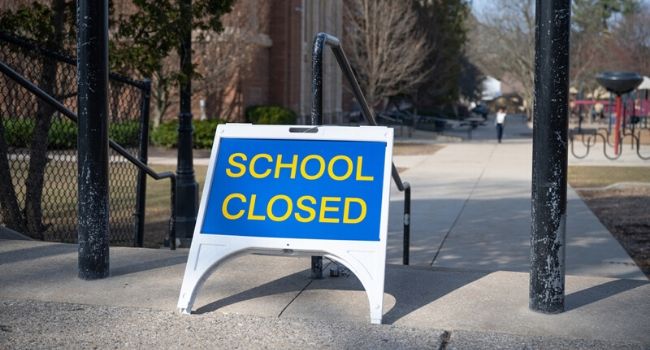
How School Resource Officers in Florida Are Still Contributing to Districts During Coronavirus Crisis
Officers are helping with truancy checks, technology assistance, road patrol and meal distribution as schools across the state remain closed through at least May 1.
- By Haley Samsel
- April 08, 2020
In the Treasure Coast region of eastern Florida, school resource officers are seeing their responsibilities shift from campus-based services to assisting with county and district needs during the coronavirus crisis.
With schools across the state closed until at least May 1, the majority of Indian River County’s officers have been reassigned to road patrol duties to help the sheriff's department with responding to calls, TCPalm reported.
Officers are also on-call to help with the district’s activities, including distributing laptops to students at school locations, Sheriff’s Office spokesman Maj. Eric Flowers said. If schools were to re-open this school year, Flowers expects the SROs to “transition back into” their campus duties.
St. Lucie County officers are also not assigned to specific schools during this closure period, but officers continue to visit schools on a daily basis to look for vandalism or signs of break-in, according to Maj. Brian Hester, the director of administration in the county sheriff’s office.
One group of officers was reassigned to helping with “juvenile arrest and monitoring” checks for students on probation, TCPalm reported. These SROs also conduct visits to the residences of students who are consistently absent from virtual classes. Hester said that officers are there to help with any technological needs and to make sure parents know their child is missing from class.
Within the Treasure Coast county of Martin, district officers are still assigned to schools and are conducting their regular security checks, according to district spokeswoman Jennifer DeShazo. Meal distribution and laptop/technology help are among their responsibilities at their respective campuses, she said.
Officers are also visiting students with truancy issues and responding to incidents at home involving law enforcement that may affect kids’ abilities to remain involved with school and attend online classes.
"If we don’t interact with them, we don’t know what’s going on in their world,” said Lt. Ryan Grimsdale of the Martin County Sheriff’s Office.
For those students on probation, being at school is required and so officers want to make sure they are “doing what they’re supposed to be doing,” Grimsdale added.
About the Author
Haley Samsel is an Associate Content Editor for the Infrastructure Solutions Group at 1105 Media.